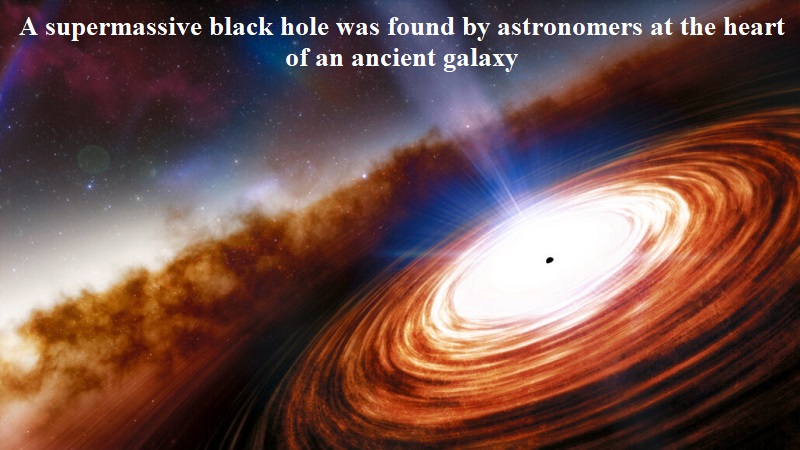
Astronomers have made a remarkable discovery of a supermassive black hole at the core of an ancient galaxy, which is five times larger than expected based on the number of stars it contains.
The immense black hole was identified by researchers in a galaxy called GS-9209, located an astonishing 25 billion light-years away from Earth, making it one of the most distant galaxies ever observed.
Using the James Webb Space Telescope (JWST), a team of astronomers from Edinburgh University conducted observations of the galaxy, unveiling new insights into its history and composition.
Dr. Adam Carnall, leading the research team, explained that the JWST, being the most powerful telescope ever constructed, enabled them to observe how galaxies were growing “larger and earlier” than anticipated in the first billion years of the universe.
“This study provides us with our first detailed understanding of the characteristics of these early galaxies, revealing the detailed history of GS-9209, which managed to produce as many stars as our own Milky Way in just 800 million years after the big bang,” stated Carnall.
The presence of the “very massive black hole” at the center of GS-9209 was a surprising revelation, supporting the theory that such enormous black holes hindered star formation in early galaxies.
Carnall remarked, “The evidence for the supermassive black hole was truly unexpected. This level of detail would have been unattainable without the JWST.”
The GS-9209 galaxy, discovered in 2004 by Karina Caputi, a former PhD student at Edinburgh and now a professor at the University of Groningen, Netherlands, contains roughly the same number of stars as our Milky Way but is only one-tenth of its size. The combined mass of the galaxy is equivalent to 40 billion suns. Researchers noted that GS-9209 is one of the earliest known examples of galaxies that ceased star formation.
Carnall explained that the massive size of the black hole suggests intense activity in the past, with significant amounts of gas falling into it, resulting in a bright quasar. The energy emitted from the black hole would have disrupted the entire galaxy, preventing the collapse of gas to form new stars.

Post Your Comments